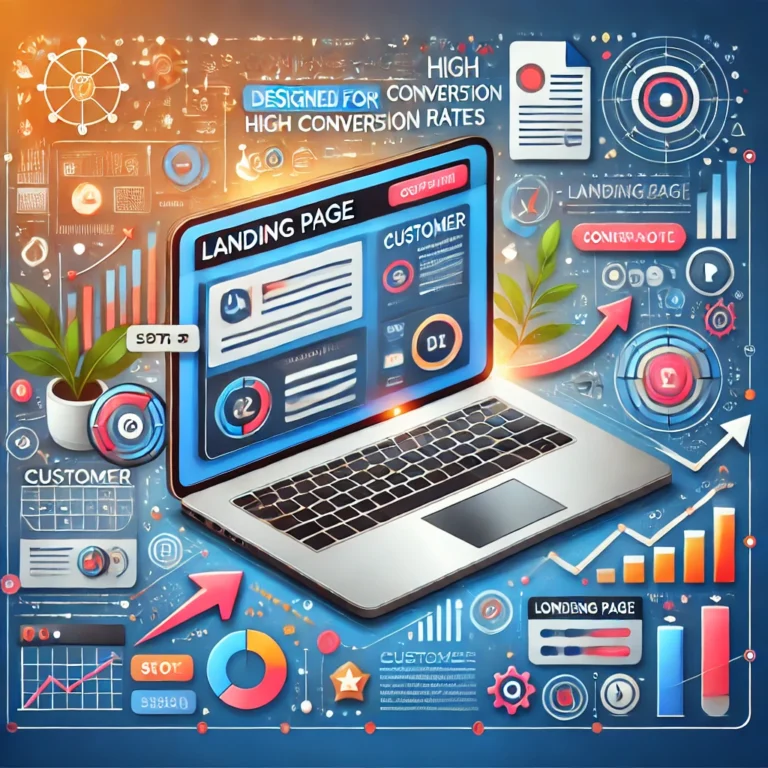
Dive into the vault of CLV and uncover the groundbreaking strategies that skyrocket customer value and loyalty.
Welcome to our ultimate guide to maximizing CLV! In this blog post, we will dive deep into the world of Customer Lifetime Value (CLV) and explore how businesses can unlock its secrets to drive long-term customer value and success. So, let’s get started!
When it comes to running a successful business, understanding the importance of CLV is key. CLV, or Customer Lifetime Value, is a metric that helps companies measure the potential value a customer brings throughout their lifetime as a patron of the business. It goes beyond measuring a single transaction and focuses on the long-term relationship between the company and its customers.
Defining CLV is crucial to grasp its significance. Customer Lifetime Value can be described as the predicted net profit that a customer will generate over the course of their relationship with your business. By considering factors such as customer acquisition cost (CAC), average purchase value (APV), average purchase frequency (APF), and customer lifespan, companies can calculate CLV and gain valuable insights into their customer base.
Understanding the concept of CLV
Before diving into calculating and maximizing CLV, it’s important to understand the concept behind it. CLV takes into account the overall value a customer brings to your business, not just from individual transactions but over an extended period of time. It focuses on understanding customer behavior, engagement, and loyalty to drive strategic decision-making.
Supercharge CLV: Unlock Secrets for Long-Term Customer Value!
Subscribe to our newsletter for exclusive tips on maximizing CLV and increasing customer loyalty.
Components of CLV analysis include customer acquisition cost (CAC), which measures the amount spent on acquiring customers, average purchase value (APV), which considers the average monetary value of each customer transaction, average purchase frequency (APF), which accounts for how often a customer makes purchases, and customer lifespan, which estimates the length of the customer relationship with the business.
Calculating CLV
Calculating CLV is a crucial step in analyzing customer value accurately. There are different methods to calculate CLV, each with its own advantages and insights.
The first method is historic CLV, which involves analyzing past customer behavior to predict future value. By examining purchasing patterns, engagement, and loyalty levels, companies can estimate the potential CLV. However, this method may not account for changes in customer behavior over time.
The second method is predictive CLV, which relies on the power of predictive analytics. This method takes into account various data points, such as demographics, purchase history, and customer behavior, to predict future CLV. Predictive CLV provides a more dynamic and accurate understanding of customer value, enabling businesses to make targeted and informed decisions.
Accuracy in CLV calculations is vital for businesses to make strategic and impactful decisions. Understanding the true value a customer brings and being able to predict their future value can significantly impact customer-centric strategies and resource allocation.
Unlock the secrets to long-term customer value and maximize your potential! 💪💼🔓 [insert link] #CLV #CustomerValue #UnlockYourSuccess
Benefits of CLV analysis for businesses
Implementing CLV analysis can bring a multitude of benefits to businesses seeking to maximize customer value and growth.
Firstly, understanding customer profitability is essential. By calculating CLV, businesses can identify their most profitable customers and focus their efforts on retaining and nurturing those relationships. This insight aids in resource allocation, ensuring that marketing and customer service budgets are utilized effectively.
Moreover, CLV analysis helps in allocating marketing resources effectively. By identifying high-value customers, companies can tailor their marketing efforts to suit their specific needs and preferences. This enables businesses to create targeted and personalized marketing campaigns, leading to better customer engagement and increased sales.
In addition, CLV analysis assists in improving customer retention strategies. By identifying patterns and behaviors that contribute to customer churn, businesses can take proactive measures to prevent losing valuable customers. Understanding the potential lifetime value of a customer allows companies to invest in loyalty programs and initiatives that promote customer satisfaction and ultimately increase their CLV.
Lastly, CLV analysis plays a vital role in enhancing the overall customer experience. By leveraging CLV insights, businesses can personalize their interactions with customers, tailor product recommendations, and provide a more seamless and engaging customer journey. This personalized approach boosts customer satisfaction and loyalty, resulting in higher CLV.
Challenges in calculating and utilizing CLV
While CLV analysis comes with numerous benefits, there are some challenges to be aware of.
Firstly, inaccurate data and assumptions can hinder the accuracy of CLV calculations. To obtain meaningful insights, businesses need to ensure that they have access to reliable and comprehensive data. Inaccurate data can lead to flawed predictions and misguided decision-making.
Secondly, the dynamic nature of customer behavior poses a challenge in calculating CLV accurately. Customer preferences and patterns can change over time, impacting their potential value to a business. Therefore, it is important to regularly update and refine CLV calculations to account for evolving customer behaviors and trends.
Lastly, implementing effective data collection systems can be challenging. To calculate CLV accurately, businesses need access to granular data, including detailed purchase history and customer attributes. Setting up proper data collection systems and ensuring data privacy and security can be a complex task, but it is essential for reliable CLV analysis.
Case studies: Successful implementation of CLV strategies
Let’s take a look at some real-world examples where businesses have successfully implemented CLV strategies to drive growth and customer value.
One such example is Amazon, the e-commerce giant. Amazon utilizes CLV to personalize recommendations for its customers. By analyzing past purchases, browsing behavior, and other relevant data, Amazon provides highly relevant product recommendations that align with each customer’s individual preferences. This personalized approach not only enhances the customer experience but also increases sales and CLV.
Starbucks, the popular coffee chain, has leveraged CLV through its loyalty program. By analyzing customer transactions and preferences, Starbucks tailors promotional offers and rewards to individual customers. This strategy helps increase customer loyalty, retention, and overall CLV. Starbucks consistently strives to enhance the customer experience, and CLV analysis has played a crucial role in their success.
Netflix, the streaming giant, is another prime example of utilizing CLV to enhance customer value. Netflix uses predictive analytics to suggest personalized content recommendations based on user history and behavior. By understanding individual viewing preferences and patterns, Netflix keeps customers engaged and satisfied, leading to increased CLV and long-term loyalty.
Supercharge CLV: Unlock Secrets for Long-Term Customer Value!
Subscribe to our newsletter for exclusive tips on maximizing CLV and increasing customer loyalty.
Conclusion
Customer Lifetime Value is a powerful tool that businesses should harness to drive growth, profitability, and customer satisfaction. Understanding the potential lifetime value of each customer enables companies to make informed decisions, allocate resources effectively, and tailor their strategies to meet individual customer needs. By calculating and maximizing CLV, businesses can unlock the secrets to long-term customer value, ultimately leading to success in today’s competitive market.



